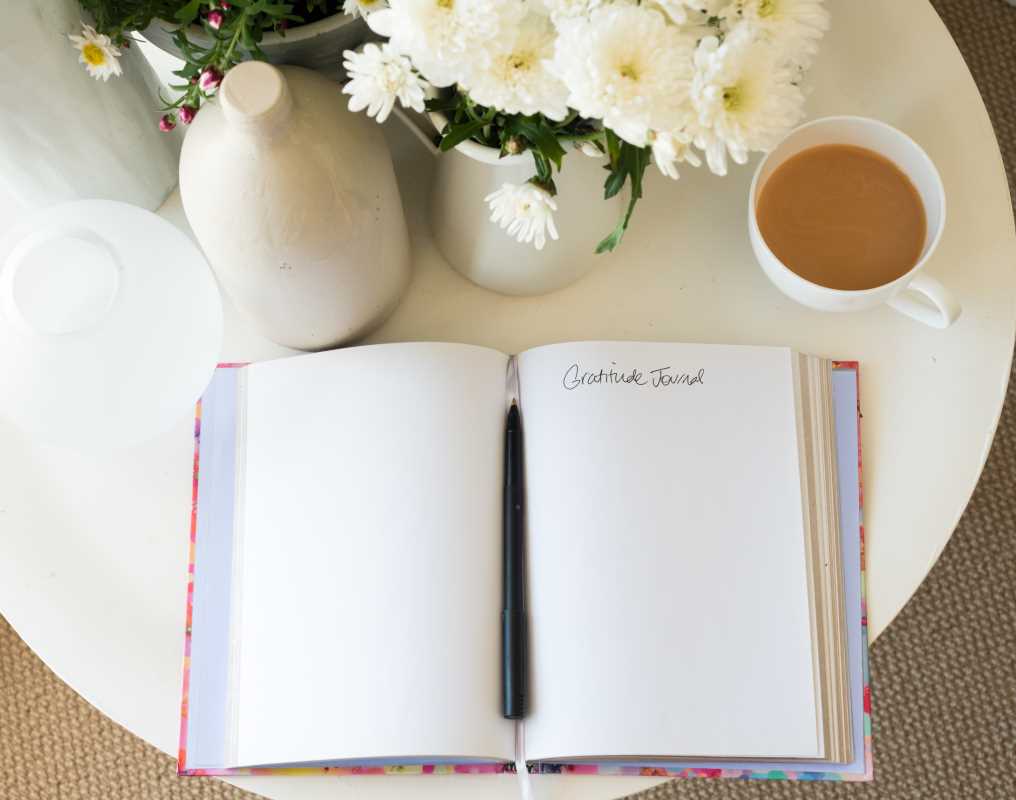Balancing work and personal life at home often reshapes daily routines. Freedom to decide your own schedule brings flexibility, but it can also create unexpected challenges that disrupt your sense of order. Finding stability when work and home share the same environment sometimes feels tricky, especially when boundaries blur. This guide offers practical tips for building a consistent routine, recognizing subtle signs of stress, and adopting small daily habits that help you stay focused and calm. By creating a structure that works for you, you can enjoy greater clarity and a more peaceful balance as you manage both professional tasks and personal time from one place.
Finding Pockets of Control in a Fluid Day
- Create micro-boundaries around transitions. Instead of seeing breaks as rigid stops and starts, treat each shift from task to task as a tiny checkpoint. Pausing to stretch, refilling a glass of water, or jotting down a quick thought marks that checkpoint. These few seconds of recalibration help your mind reset before the next focus period, lowering tension without disrupting your momentum.
- Frame setbacks as data points for adjustment. When a meeting runs over or a project hits a snag, note which moments sparked frustration. Instead of dwelling on what went wrong, catalogue the triggers. Over time, you’ll notice patterns—maybe back-to-back calls without breathing room or an overflowing inbox right after lunch. That insight guides small tweaks to your routine.
- Use environmental cues for task shifts. Assign a specific mug or water bottle to signal brainstorming sessions. Choose a colored sticky note for focused writing bursts. Your brain quickly learns associations: when you see that object, it signals the next work phase. This built-in ritual makes transitions smoother and each activity feel purposeful instead of chaotic.
- Treat energy dips as scheduled check-ins. Notice when your attention wanes and block those moments in your calendar as “self-check” slots. Even a two-minute breathing break or a short walk around the room rewinds mental fatigue. Labeling these breaks explicitly reduces guilt and prevents stress from quietly piling up.
- Maintain a living “energy ledger.” Track your most productive windows over a week, noting time of day, tasks tackled, and mood levels. Review these entries every few days to discover your best work periods. This ongoing record keeps surprises to a minimum by matching high-focus tasks with peak performance times and reserving routine chores for lower-energy moments.
Spotting Low-Key Stress Signals
Stress doesn’t always shout. It can sneak in through tiny habits, like instinctively grabbing your phone when you hit a rough patch in a task, or immediately firing off an email to ease anxiety. Recognizing these micro-reactions helps you catch stress early instead of letting it escalate.
Pay attention to subtle body cues—tension in your shoulders, a clenched jaw, a racing heart—to get a heads-up that something in your setup needs changing. Notice if air temperature, lighting, or chair posture matches those sensations. Small adjustments, like raising your monitor or opening a window, often calm that initial spike of tension faster than broad solutions.
Adjusting Your Workflow for Lasting Results
- Time-Box Collaboration
- Purpose: Replace open-ended meetings with focused sessions.
- Steps:
- Schedule fixed 25-minute slots with a five-minute buffer.
- Draft an agenda with clear objectives.
- Invite only essential participants.
- Set a visible timer and rate meeting usefulness (1–5) afterward.
- Benefit: Remote work studies show that disciplined timing reduces mental drift and stress.
- Insider tip: Show the timer on screen so everyone stays aligned.
- Inbox Triage Zones
- Purpose: Organize emails to avoid overwhelm.
- Steps:
- Divide inbox into Action, Awaiting Response, and Archive.
- Reply immediately when possible, flag waiting items, archive the rest.
- Keep each folder under 20 items.
- Use filters to auto-sort newsletters into Archive.
- Insider tip: Unsubscribe from recurring lists in batches of five.
- Visual Project Markers
- Purpose: Prioritize tasks with color coding.
- Steps:
- Use red for urgent deadlines, yellow for mid-priority, green for reference notes.
- Each morning, review the board and start with one red task.
- Assign personal meaning to colors (e.g., red = “focus brain”).
- Insider tip: Limit red tasks to no more than three per day.
- Digital Workspace Reset
- Purpose: Reduce digital clutter for sharper focus.
- Steps:
- Close all browser tabs at day’s end except one blank tab labeled Tomorrow’s Start.
- Create folders on your desktop named by project.
- Keep only current files visible.
- Restart your computer weekly to clear temporary files.
- Insider tip: Use file naming like YYYYMMDD_Title to speed up searches.
- Peer Accountability Sprints
- Purpose: Boost focus with short, shared work bursts.
- Steps:
- Pair with a colleague or friend for 15-minute focus sessions.
- Share a small goal beforehand.
- Report back after the sprint.
- Repeat three times daily.
- Cost: Zero dollars, can meet online or via quick chat.
- Insider tip: Switch partners weekly to stay motivated.
Practical Routines to Follow
- Morning Energy Mapping
- Purpose: Plan your focus periods and lighter tasks around energy levels.
- Steps:
- Identify your peak energy span from previous days.
- Mark low-energy dips and assign lighter tasks to those times.
- Schedule deep work during high-energy windows.
- Cost/Time: Free, less than five minutes each morning.
- Insider tip: Use color codes to make intense tasks stand out visually.
- Desk Reset Ritual
- Purpose: Create a fresh, organized workspace at the start and end of sessions.
- Steps:
- Remove unnecessary items like mugs or notes.
- Wipe down the desk surface or shake out your mouse pad.
- Adjust your screen and keyboard for posture.
- Cost: Minimal—just a cloth and disinfectant spray.
- Insider tip: Keep a small caddy for essentials to make resetting faster.
- Hourly Body Check
- Purpose: Release tension and prevent strain.
- Steps:
- Stand up and roll shoulders back.
- Stretch neck gently side to side.
- Flex wrists and shake out tightness.
- Cost: Free, no equipment needed.
- Insider tip: Use a gentle phone vibration reminder instead of a loud alarm.
- Post-Lunch Mood Lift
- Purpose: Beat the afternoon slump with light movement.
- Steps:
- Walk outside for five minutes, focusing on breathing.
- Do three stretches against a wall or table.
- Cost: Free, requires only a short break.
- Insider tip: Hydrate during your walk to boost clarity further.
- End-of-Day Reflection
- Purpose: Close the workday with clarity and preparation.
- Steps:
- List three small wins from the day.
- Write down the main goal for tomorrow.
- Shut your laptop to mark the end of work.
- Cost/Time: Free, under four minutes.
- Insider tip: Keep your journal or notes open beside you during the last task for a smoother transition.
These routines help you manage stress and maintain mental clarity in remote work. Start with a few habits and notice how consistent effort leads to smoother, more balanced days.
 (Image via
(Image via

.jpg)



